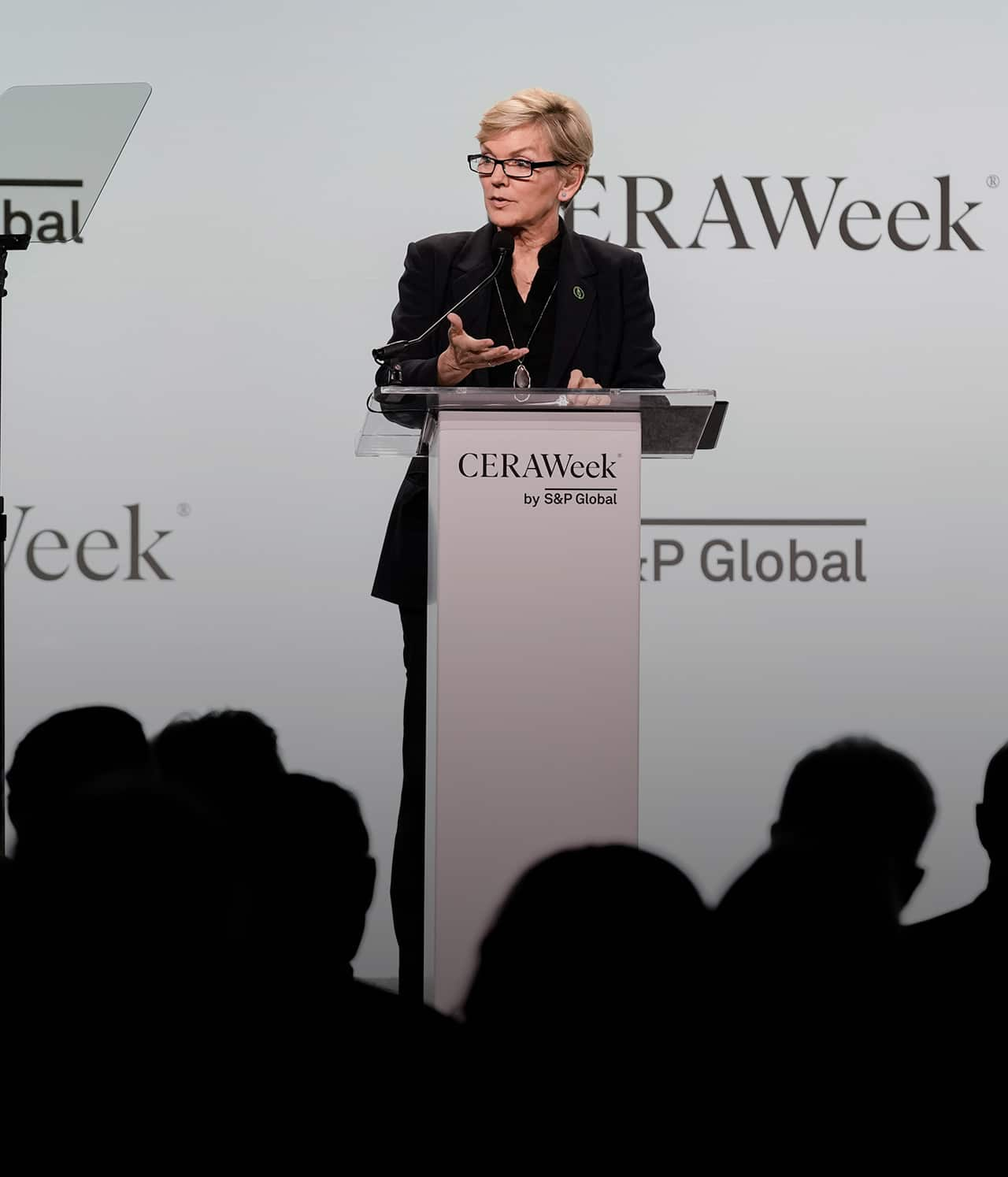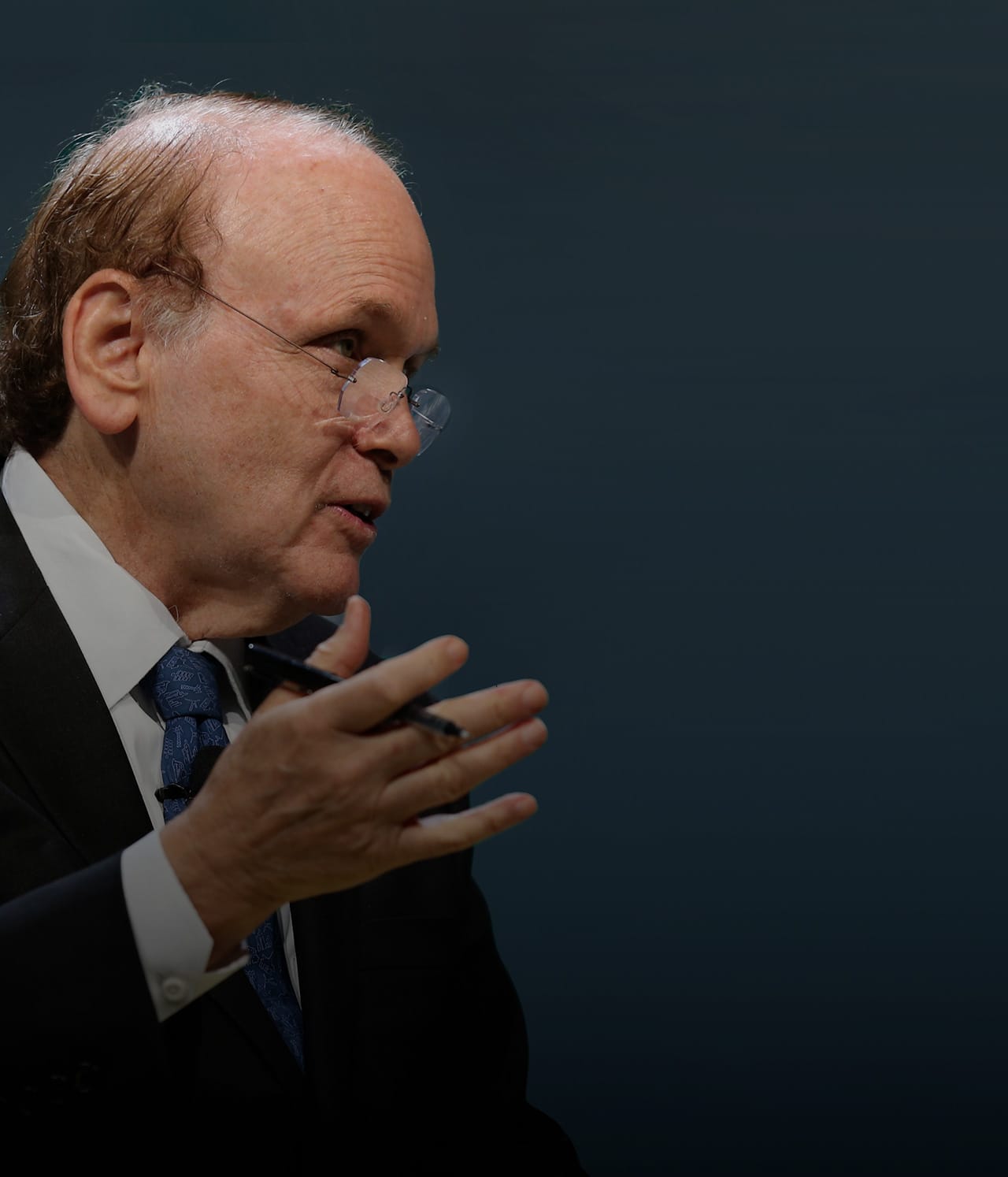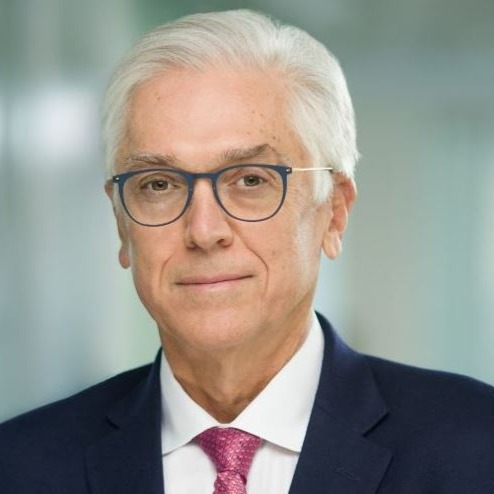- CERAWEEK 2025 | March 10-14, 2025
- CERAWEEK
- March 10 - 14, 2025




Speakers
Global leaders, policymakers and executives from across the energy spectrum

CERAWeek 2024 Themes
Multidimensional Energy Transition: Markets, climate, technology and geopolitics
{"slidesToShow":3,"slidesToScroll":1 ,"dots":false}
JOIN THE CERAWEEK COMMUNITYSign up to receive notifications.
ACCESSThe Road Map for a Multidimensional Energy Transition Report
PartnershipCERAWeek Partners contribute to advancing a culture of idea exchange, learning, and relationship-building.
CERAWeek CommunitiesBring together peer groups to address critical industry issues.
Executive Insight InterviewsOne-to-one discussions with industry executives and government officials at CERAWeek 2024
CERAWEEK 2024 PHOTOSNow available to download
{
"dots": false,
"autoplay": true,
"autoplaySpeed": 6000
}
CERAWeek 2024
CERAWeek 2024 explored strategies for a multidimensional, multispeed and multifuel energy transition. The drive for energy transition is reshaping the competitive landscape for companies and countries – creating new opportunities and risks across the energy value chain. The imperative to reduce emissions has grown in urgency. Yet expectations of a simple linear global transition have been shaken as climate goals compete with concerns over how to deliver economic growth while ensuring energy security, energy access, and affordability. The multidimensional energy transition reflects different realities and timelines by region, technology, industry strategies, the variety of social and political approaches and divergent national priorities in an increasingly multipolar world.
LEARN MORECERAWeek 2024 Featured Speakers
{"itemsToShow":7, "autoplaySpeed":5000}
-
Offering insight into the energy future, the CERAWeek 2024 Podcast series explored what’s ahead for global energy markets, geopolitics, and technology.
Hosted by Atul Arya, Chief Energy Strategist at S&P Global, each episode features conversations addressing the defining trends and critical issues that are shaping the energy landscape.
In the seventh episode, S&P Global experts James R. Burkhard and Shin Kim discuss Navigating Supply, Demand, and Prices: Insights into Global Oil Markets Dynamics. -
CERAWeek 2024 convened preeminent thought leaders from energy, finance, technology, and governments for shared dialogue on the agenda ahead as the world enters a new era of energy transition. Mark your calendar to join us next March 10-14, 2025!
Unparalleled Thought Leadership



{"slidesToShow":3,"slidesToScroll":1 ,"dots":false}
{
"dots": false,
"autoplay": true,
"autoplaySpeed": 6000
}











































